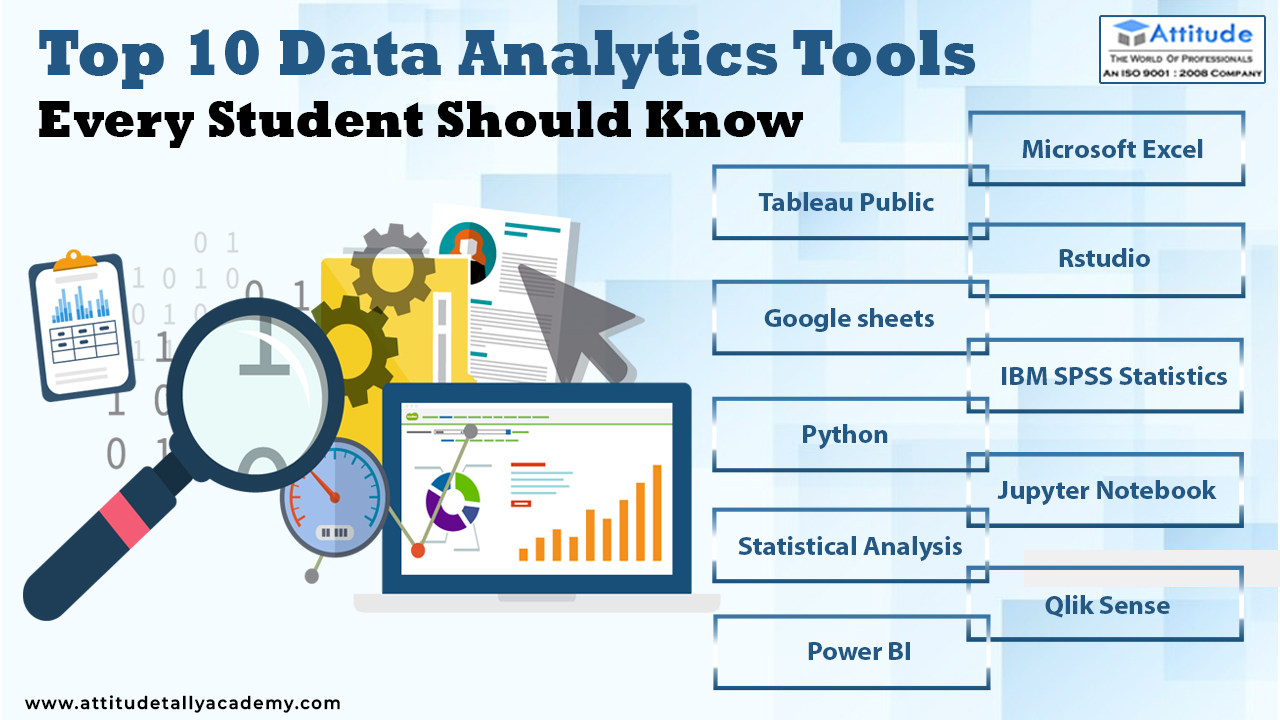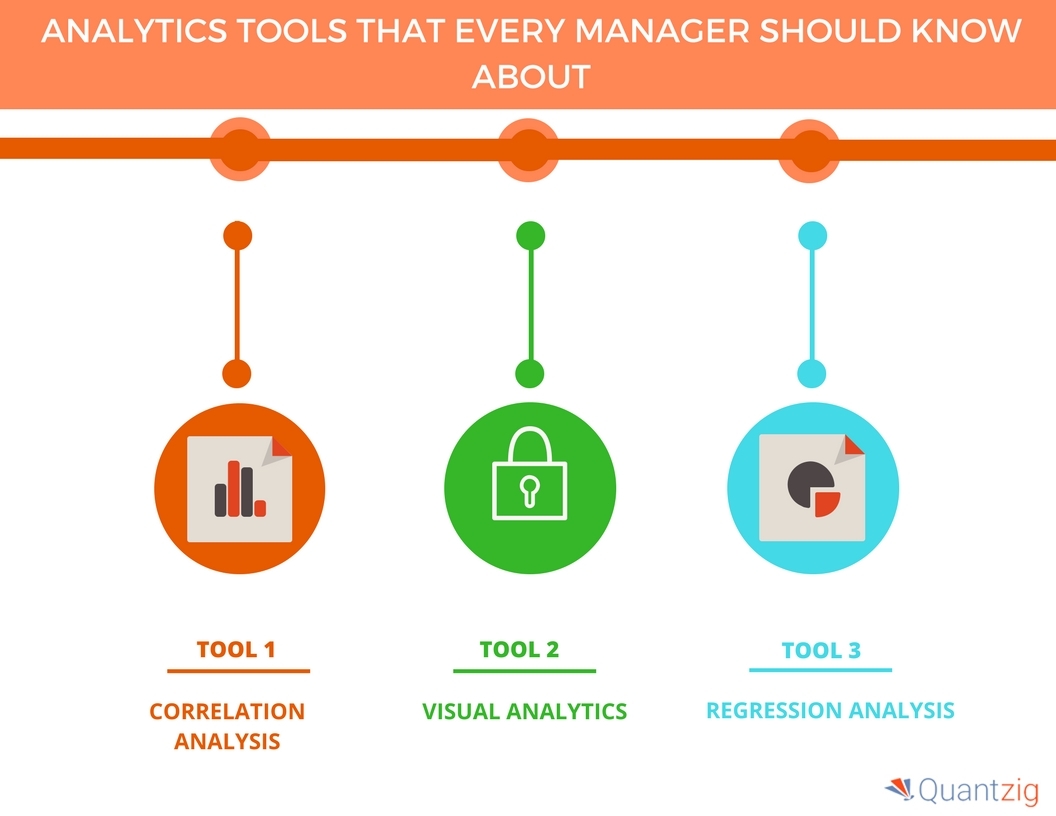Boost Effectiveness and Success With Information Analytics
In today's data-driven landscape, companies are increasingly identifying the critical duty of information analytics in improving functional effectiveness and earnings. By methodically analyzing data, organizations can uncover crucial insights that notify tactical choices, streamline processes, and dressmaker consumer experiences.
Recognizing Data Analytics
In today's data-driven landscape, comprehending data analytics is vital for organizations aiming to improve functional efficiency and drive success. Data analytics includes the systematic computational evaluation of data collections to discover patterns, relationships, and understandings that inform decision-making. By using various strategies, such as statistical analysis, device understanding, and anticipating modeling, companies can change raw data into actionable knowledge.
The process typically starts with information collection, where relevant details is gathered from numerous sources, including transactional data sources, client communications, and market patterns. This data is then cleaned up and arranged to make certain accuracy and uniformity. Once the data is prepared, analytical tools and software application are utilized to discover and envision the information, enabling stakeholders to identify abnormalities and patterns.
Eventually, comprehending data analytics empowers companies to make informed decisions based upon empirical evidence rather than intuition. It assists in targeted approaches that can maximize resource allocation, boost customer contentment, and boost overall efficiency. As services increasingly acknowledge the value of data-driven understandings, a solid grasp of data analytics comes to be an important expertise for leaders and teams alike, placing them for sustained success in an affordable atmosphere.

Secret Advantages for Businesses
Companies that leverage data analytics can open a multitude of benefits that considerably improve their operations and productivity. One of the primary benefits is boosted decision-making. Information analytics offers actionable understandings acquired from real-time information, enabling companies to make enlightened options that line up with market needs and customer choices.

Additionally, data analytics cultivates boosted customer experiences. By understanding customer behaviors and preferences, businesses can tailor their offerings, resulting in enhanced complete satisfaction and loyalty. This personalized technique commonly causes higher conversion rates and repeat service.
Additionally, data analytics enables organizations to identify emerging patterns and opportunities. By staying in advance of the contour, companies can take advantage of brand-new markets and advancements before their competitors.
Implementing Data-Driven Approaches
Successful execution of data-driven approaches calls for a thorough understanding of both business goals and offered information sources. Organizations has to first define their goals plainly, ensuring placement in between information efforts and strategic purposes. This clearness enables groups to concentrate on appropriate metrics and understandings that drive decision-making.
Next, organizations must assess their existing information facilities. This includes reviewing information top quality, access, and combination capacities. High-quality information click is necessary for accurate analysis, as inadequate data can bring about misguided approaches and lost resources. Organizations should develop processes for data collection, cleansing, and administration to maintain data honesty.
Moreover, cultivating a data-driven culture is important. Employees at all levels ought to be motivated to take advantage of data in their everyday operations. Training workshops and programs can boost data literacy, empowering team to make educated choices based on logical understandings.
Devices and Technologies Introduction
A robust collection of innovations and devices is crucial for organizations intending to harness the complete potential of information analytics. These tools help with the collection, processing, and visualization of data, making it possible for services to acquire workable insights.
At the foundational degree, information management systems such as SQL data sources and NoSQL systems supply efficient data storage space and access capacities. For data processing and evaluation, shows languages like Python and R, in addition to frameworks such as Apache Flicker, enable complex calculations and maker understanding applications.
Visualization tools, consisting of Tableau and Power BI, transform raw information into instinctive graphical styles, making understandings accessible to stakeholders whatsoever degrees. In addition, cloud-based systems like Google Cloud and AWS offer scalable storage space and processing remedies, accommodating the expanding quantities of data companies experience.
For sophisticated analytics, anticipating modeling and AI-driven solutions are significantly adopted, permitting business to forecast fads and enhance decision-making procedures. Integrating these tools into existing operations is paramount; companies that efficiently take advantage of this technology can significantly enhance functional efficiency and drive profitability. Hence, buying the right tools and technologies is a critical vital for any kind of data-driven company.
Situation Researches of Success
Leveraging information analytics has led numerous companies to attain remarkable improvements in efficiency and success. One noteworthy situation is a large retail chain that applied predictive analytics to maximize stock administration. By examining historical sales data and customer trends, the firm decreased excess inventory by 30%, causing significant expense financial savings and improved capital.
One more instance can be discovered in the manufacturing industry, where a leading automobile manufacturer made use of information analytics to improve its manufacturing processes. By keeping an eye on maker performance in real-time, the company recognized ineffectiveness and bottlenecks, resulting in a 20% increase in overall equipment efficiency (OEE) This not just boosted production rates yet likewise decreased downtime and maintenance costs.

These case studies highlight just how data analytics can drive tactical decision-making, enhance procedures, and eventually boost both effectiveness and profitability throughout numerous industries.
Final Thought
To conclude, the integration of data analytics right into organization procedures offers considerable possibilities for improving efficiency and productivity. By methodically evaluating information, organizations can recognize ineffectiveness, optimize client experiences, and make educated choices. The fostering of anticipating modeling and real-time tracking additionally enables companies to remain ahead of emerging patterns and allocate sources effectively. Inevitably, the tactical application of data-driven methods promotes sustained affordable advantages and drives significant enhancements in operational efficiency and economic outcomes.
In today's data-driven landscape, recognizing data analytics is vital for organizations aiming to boost functional performance and drive profitability. Information analytics involves the methodical computational evaluation of data sets to uncover patterns, relationships, and understandings that educate decision-making. Information analytics provides workable understandings acquired from real-time data, allowing click here now companies to make educated choices that straighten with market demands and consumer choices.
High-grade information is important for exact analysis, as bad information can lead to misdirected methods and wasted resources. Organizations needs to develop procedures for information collection, cleaning, and administration to keep data honesty.